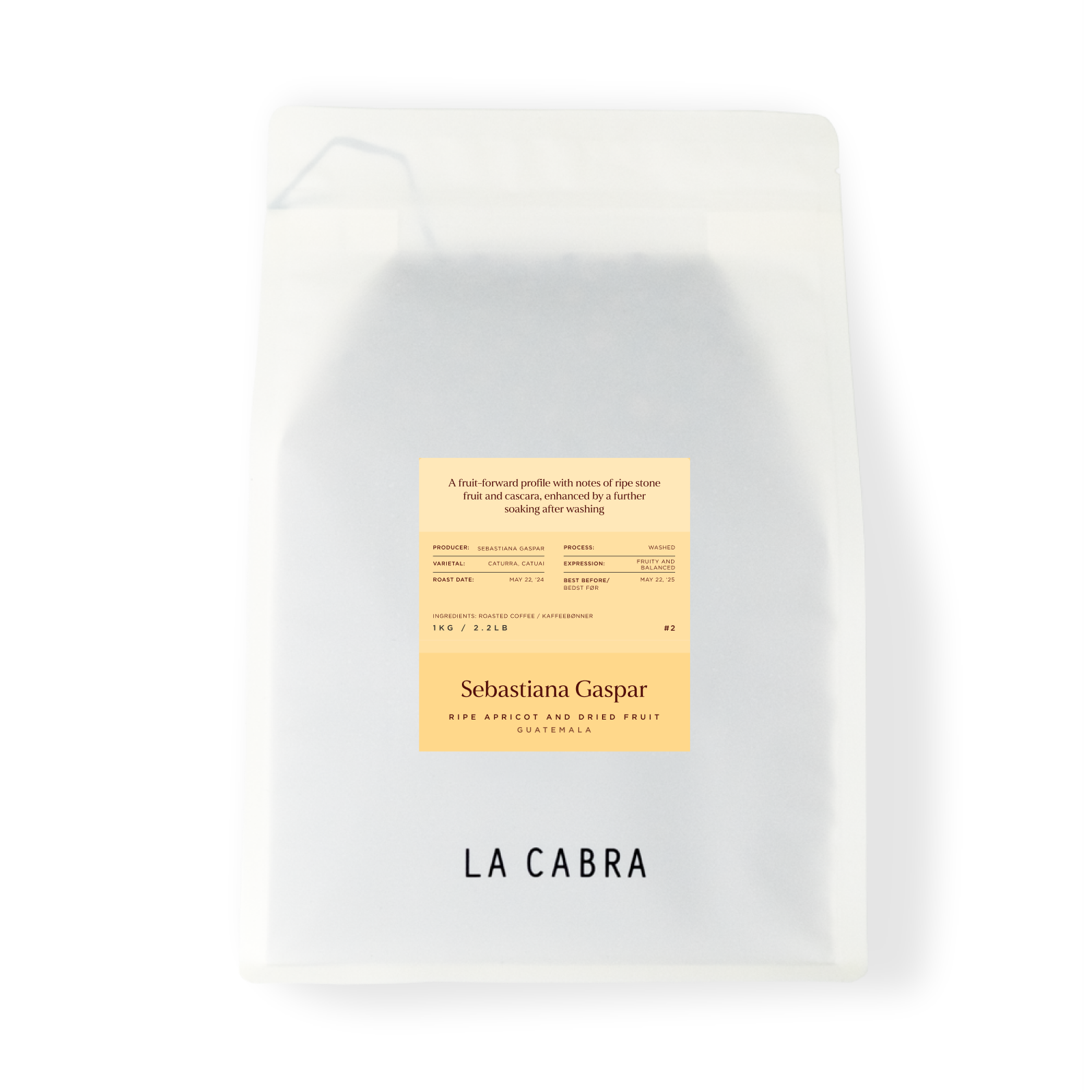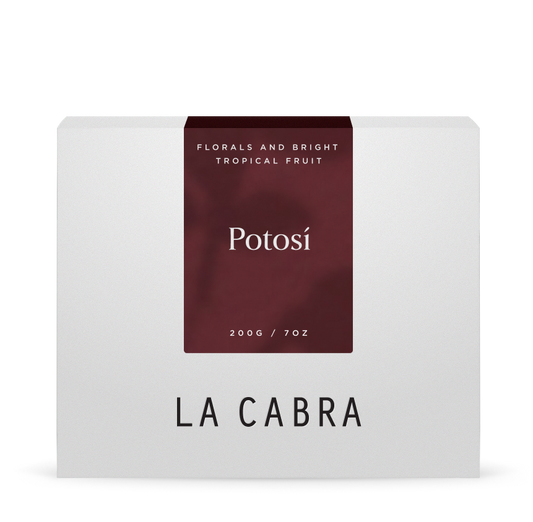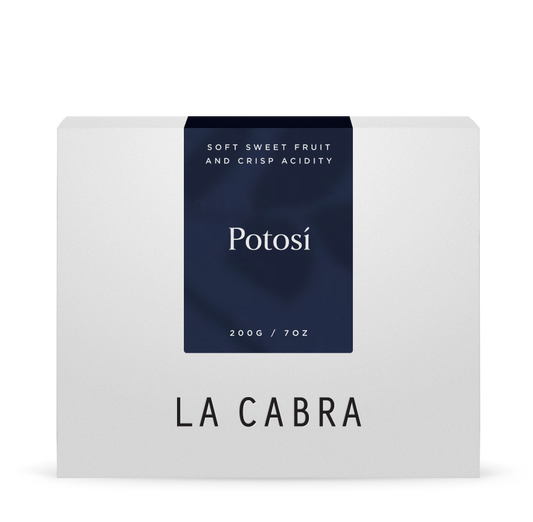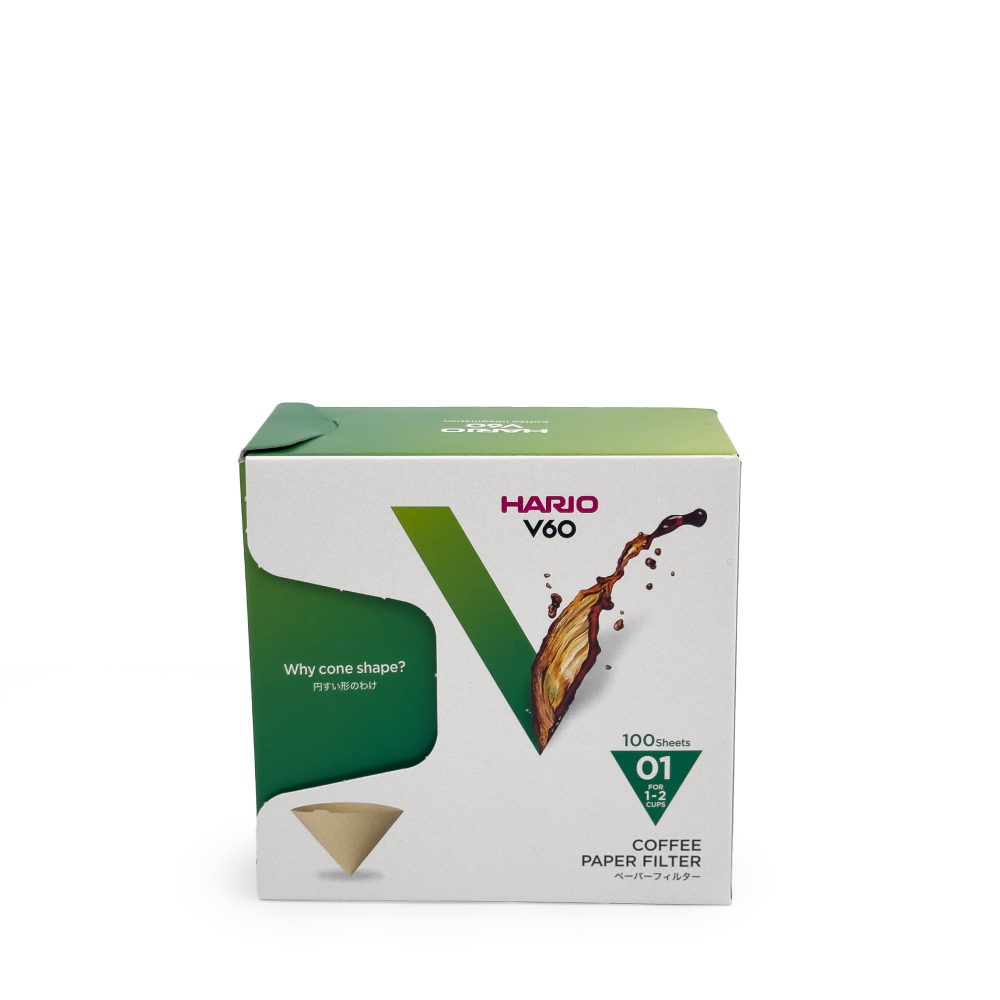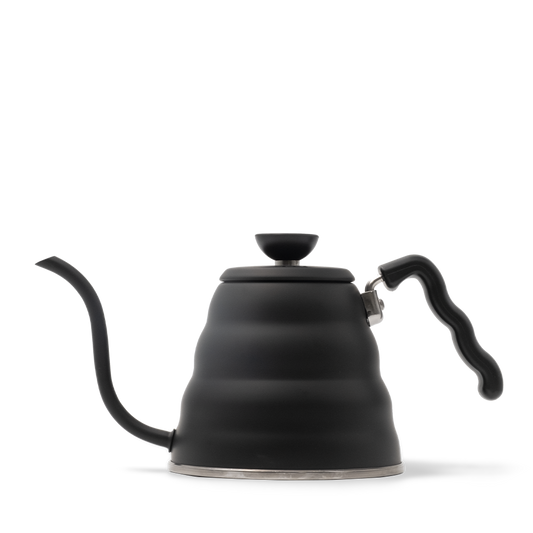
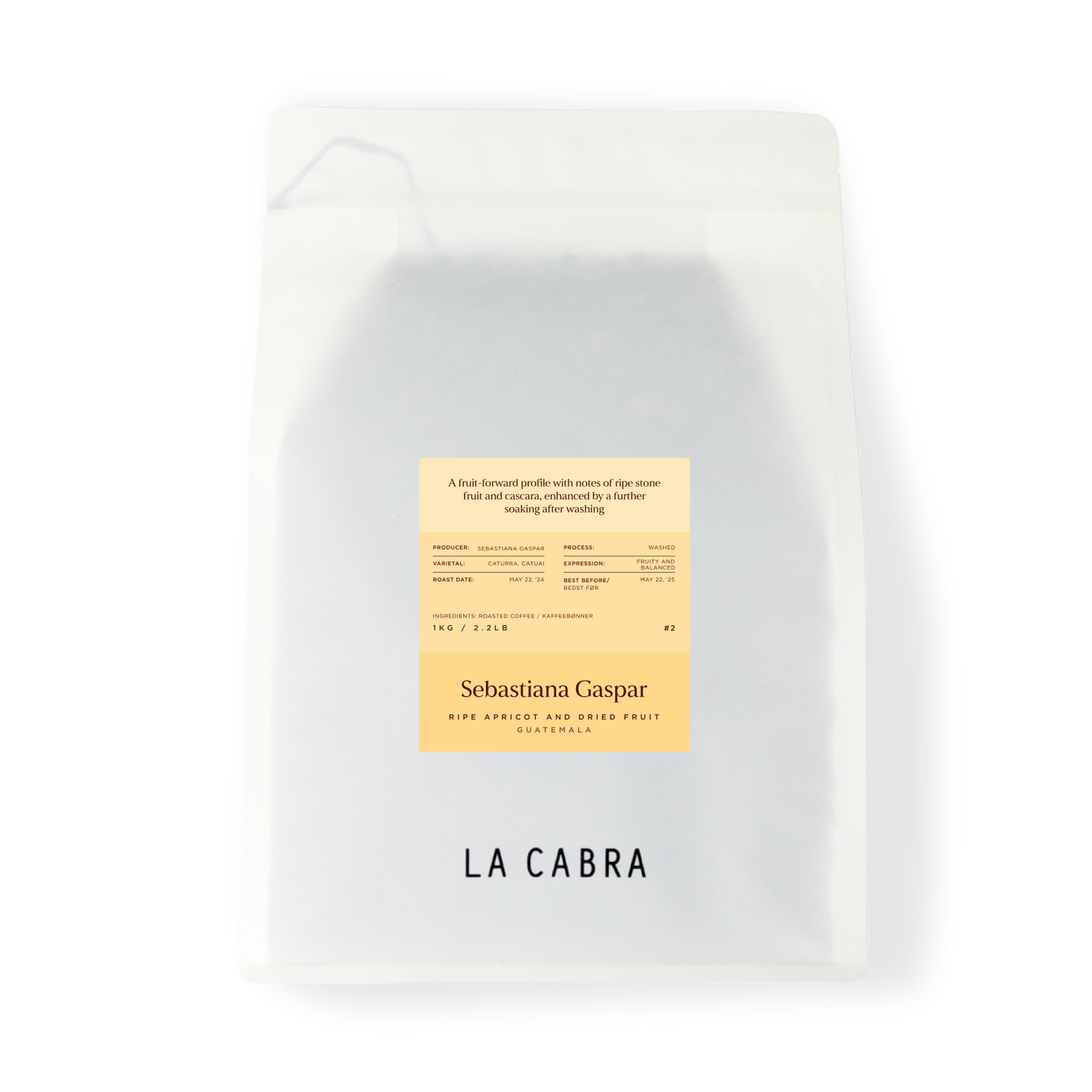
Sebastiana Gaspar
Sebastiana Gaspar grows coffee not far from the village of Concepción Huista. Many of our Guatemalan releases come from the Huista micro-region, due in part to the excellent quality, and to our partners from Primavera’s focus here, with a warehouse and lab located in San Antonio Huista to better support the producers of the region.
-copy-v1722595436849.jpg?900x649)
30 years ago, Sebastiana and her family grew basic grains such as corn and beans on their 1.3 hectare farm, but have since invested in quality coffee, and become members of a local female producer cooperative, El Sendero. The cooperative helps producers to get their highest quality coffees to market, and it was through them that Sebastiana met Primavera. Most of the work on the farm is done by Sebastiana and her husband Tomas.
-v1722595438613.jpg?900x1125)
They pass through the farm at least 3 times during harvest, picking only the ripest cherries, before immediately de-pulping and fermenting for around 36 hours, due to the cool and humid conditions here. Thorough washing is followed by a second soak of 6 hours, known locally as a reposo. This equalises moisture content in the seeds, allows for another round of sorting for floaters, and enhances the fruit-forward character in the cup.
This is clear in this lot by Sebastiana, with a fresh quality of apricot and a deep sweetness reminiscent of the dried coffee cherry, ‘cascara’.
-v1722595442998.jpg?900x1125)
Huehuetenango
Huehuetenango is located in the north-western highlands of Guatemala, and borders with Mexico. It is home to the highest altitudes in all of Central America, due to the presence of the Sierra de los Cuchumatanes mountain range, which peaks at 3837 masl. This creates lots of high altitude land to grow high-quality coffee, an important crop in an area where agriculture is the largest industry.
-v1722595440561.jpg?1200x800)
Huehuetenango is located in the north-western highlands of Guatemala, and borders with Mexico. It is home to the highest altitudes in all of Central America, due to the presence of the Sierra de los Cuchumatanes mountain range, which peaks at 3837 masl. This creates lots of high altitude land to grow high-quality coffee, an important crop in an area where agriculture is the largest industry. A dry hot wind also blows in from the Tehuantepec plain in Mexico to the north, which protects crops from frost, allowing coffee to grow even higher up the slopes, often above 2000 masl.
These high altitudes also lead to very beautiful scenery, something the area is known for, but also to a remoteness not found elsewhere in Guatemala. 9 different ancient Mayan dialects are still spoken here, and the region is home to some of the best preserved examples of Mayan architecture. The remoteness also makes sourcing coffee a challenge here, the journey to farms often takes days over unforgiving terrain, and would-be coffee buyers require knowledge of the local dialects, or an experienced guide. We have visited and worked with our Guatemalan partners at Primavera for the past eight years, and have been stunned by the beauty of both the coffees they have been sourcing, and of this captivating region.
-v1722610868925.jpg?900x1350)



